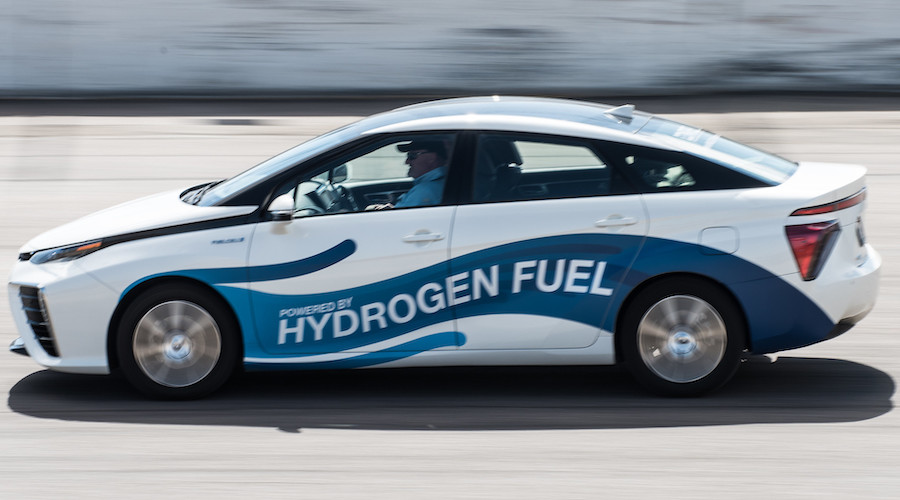
Typically, scientists have been using precious metal catalysts, such as platinum, to accelerate the reaction to break water into hydrogen and oxygen but the Curtin team found that by adding the battery metals to cheaper catalysts, they were able to enhance their performance, which lowers the energy required to split the water and increases the yield of hydrogen.
By adding cobalt and nickel to cheaper catalysts, the researchers were able to enhance their performance, which lowers the energy required to split water and increases the yield of hydrogen
“Our research essentially saw us take two-dimensional iron-sulfur nanocrystals, which don’t usually work as catalysts for the electricity-driven reaction that gets hydrogen from water, and add small amounts of nickel and cobalt ions,” lead researcher Guohua Jia said in a media statement. “When we did this it completely transformed the poor-performing iron-sulfur into a viable and efficient catalyst.”
According to Jia, using these more abundant materials is cheaper and more efficient than the current benchmark material, ruthenium oxide, which is derived from ruthenium element and is expensive.
“Our findings not only broaden the existing ‘palette’ of possible particle combinations but also introduce a new, efficient catalyst that may be useful in other applications,” Jia said. “They also open new avenues for future research in the energy sector, putting Australia at the forefront of renewable and clean energy research and applications.”
At present, 21% of Australia’s energy is produced from renewables, a reality that is seen as an opportunity by many, including mining tycoon Andrew Forrest.
Forrest aims to make his Fortescue Metals Group carbon-neutral by 2030, with green hydrogen at the forefront of the company’s efforts.
The billionaire believes that green hydrogen could supply a quarter of the world’s energy by 2050 and he has been travelling the world to promote this idea.




